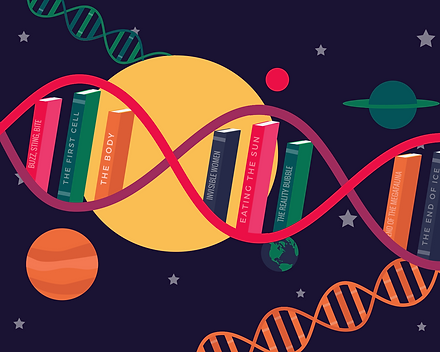Rationale

Rainey et. al. (2017) in Zarnowski (2019) laud disciplinary literacy as an opportunity to promote social justice and prepare students for college. I subscribe to creating literacy experiences across the curriculum to propel students educationally. Further, as I enter a district committed to culturally responsive pedagogy, I must consider ways to promote social justice.
“Student engagement with reading in…school is associated with strong academic outcomes for…middle school students (Guthrie et. al., 2007 in Gilson et. al., 2019, p. 505).” Further, Graff and Shimeck (2020) tell us that presenting genre-specific text requires an interdependence that leads to a highly engaged reading experience. Therefore, to improve literacy and student achieve, it is important that we include literacy activities across the curriculum.
“Today it is a challenge to convince resistant readers that literature holds secrets, adventures and revelations worthy of their time and attention (Murphy, p.1, 2009).” I believe that using picture books in science instruction allows students to see that picture books—accessible books—hold “revelations” to some of the murky concepts of difficult subject matter. Using traditional middle school text, whether it be a text book, article or worksheet, in science and social studies may be inaccessible for the middle school reader. Picture books can be an alternate form of dispensing the information that they need to know, and hopefully, a more engaging one. Murphy (2009) supports this position, stating that picture books can be a “captive medium” to entertain and inform students in specific content areas.
Murphy (2009) suggests using complex picture books to help introduce important concepts in middle school because they can present the new information in an interesting way. This encapsulates my rationale. I want to create a resource to use to “hook” students in to more difficult content. Picture books used with middle school students are effective because the interesting pictures and brief, accessible text grab their attention (Murphy, 2009).
Finally, Murphy (2009) explains that picture books provide examples of writing styles. The science Georgia Standards of Excellence require that students write and therefore picture books can be used to help students meet the expectations for writing in the science classroom. Picture books may be able to bridge science and language arts in either setting. Creating a more interdisciplinary classroom is another reason why I am encouraging the use of picture books in the science classroom with this inquiry project.
